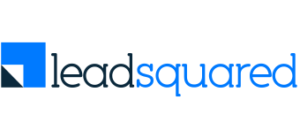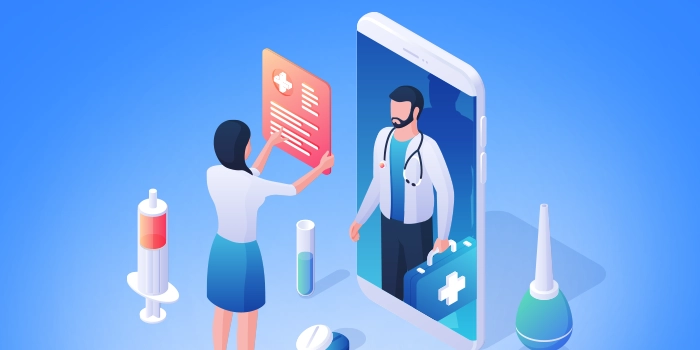Patient journey mapping is a process that helps you—as healthcare providers—to visualize the complete experience of your patients who seek and use your care services.
This includes every single touchpoint (whether online or offline) that a patient encounters in the process of finding a care provider, scheduling an appointment, to having the consultation, and even post-care interactions.
A good understanding of a patient journey map, and all the pitfalls that the patient can encounter while seeking care, can help you pre-emptively improve your operations to deliver a delightful and consistent patient experience.
In this article, we’ll dive deeper into various aspects of patient journey mapping, stages of a patient journey, how to create a patient journey map and the benefits you can realize by using the right tools.
If you’d rather jump to the steps to create a patient journey map, you can do that as well. Go to:
What is patient journey mapping?
Patient journey mapping is the process of visualizing the connection between various interactions and touchpoints patients have during their relationship with a healthcare practice.
Mapping healthcare journeys helps providers understand:
- What is the patient going through?
- What are the patient’s primary concerns?
- Is the patient able to cope with their diagnosis?
- Is information regarding the patient’s diagnosis easily accessible?
- Is the patient able to reach you to book a consultation easily?
- Is the patient satisfied with the care they’re receiving?
With this knowledge, providers can spot inconsistencies, find operational bottlenecks, and devise strategies to improve them.
Healthcare providers need to be obsessed with patient journey. The journey begins way before a patient visits the healthcare facility to interact with the provider, and it ends a lot after their treatment. A good patient journey map integrates various virtual and physical touchpoints.
Uzodinma Umeh, Chief Medical Officer, Zuri Health
Before we get into the steps to create a journey map, let’s look at the stages a patient goes through before any consultation.
5 crucial stages of a patient journey
The 5 stages common in most of the patient journeys are:
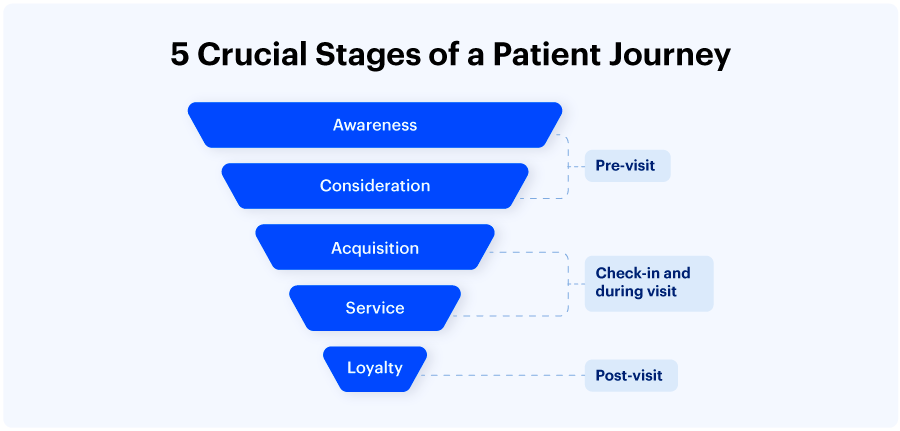
1. Awareness
The patient recognizes a need for care at this point and starts looking for providers.
The patient evaluates their symptoms, does research, thinks about potential medical issues that might need treatment, and may even interact with message boards.
It begins the moment when the patient experiences a symptom. Most of the time, they go online to find a treatment or a solution to their pain. Healthcare providers need to use this opportunity to position themselves virtually by offering a solution, allowing them to research treatments, and book appointments with ease.
Uzodinma Umeh, Chief Medical Officer, Zuri Health
Online searches, review websites, advertising initiatives, networking, and friends/family referrals are a few examples of how patients find out about healthcare services.
However, patients may face certain challenges at this stage. Such as:
- Lack of information about their condition
- Inability to find a provider nearby who they think could help
- Feelings of fear and anxiety regarding their concerns
The key to reaching patients at this stage lies in your online presence. You can help your patients by:
- Publishing posts about the treatments you provide
- Publishing educational blogs posts on your website about the conditions and how to manage them
- Getting yourself listed on GoogleMyBusiness
It goes without saying, you should monitor the results of your efforts by using website analytics tools and collect patient feedback through surveys.
Baptist Health South Florida has nailed this stage by introducing an online triage tool on their website. It asks patients a series of questions around their symptoms and accordingly directs them to e-visit, ER, urgent care, or physician’s office.
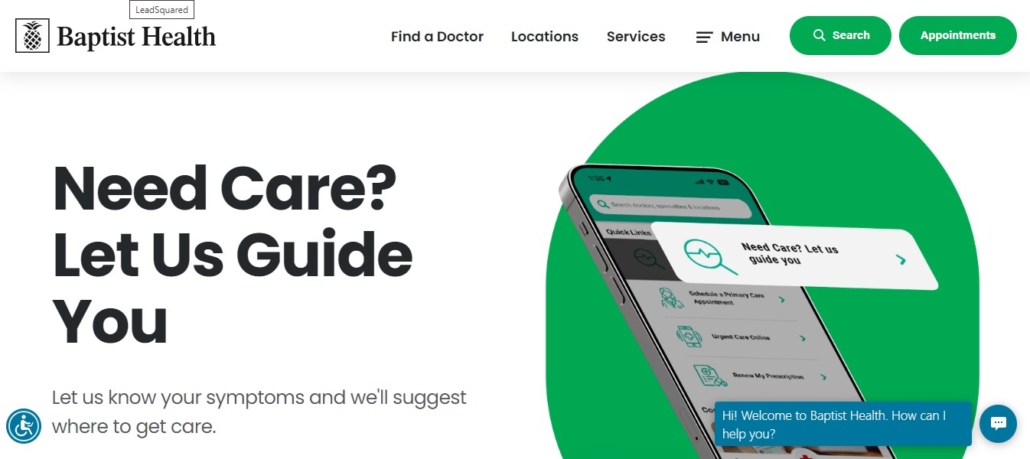
2. Consideration
The patient analyzes their options to see if your healthcare facility can satisfy their needs. Referrals, coverage and perks, suggestions, accessibility, and ratings and reviews are all things that patients take into account during this stage.
When it comes to healthcare reviews and recommendations, 83% of patients trust their friends and family, while 62% trust reviews online from people they haven’t even met. This is exactly why healthcare businesses need to collect feedback and reviews physically and virtually to bring in patients from referrals.
Chantelle Fraser, Vice President – Africa Sales, LeadSquared
Patients frequently interact with your website and social media accounts and call or email you. Additionally, if you are hard to get in touch with, they will go on to the next applicant.
At this point, you can find out more about your potential patient, specifically about their preferred method of communication, and make sure you provide it. For instance, if a patient prefers communicating via email, you should reach them on this platform.
Tools you can use to better connect with patients at this stage are:
- Email marketing solutions that help automate emails that reach the right person at the right time,
- Tools that help you segment visitors and create targeted ad campaigns,
- Chatbots help you reach patients with concerns in real time and get a deeper understanding of their concerns.
3. Acquisition
Direct patient contact with your organization is the first indicator of the acquisition stage.
As part of the booking and new patient acquisition process, you will interact with patients via phone calls, the user portal, texts, and emails.
The patient generally arranges a meeting and visits a doctor or takes a telehealth consultation for a preliminary checkup.
Common challenges patients face at this stage are:
- Lack of access to appointment booking portals and websites
- Inability to reach providers at odd hours (e.g., 2 AM in the morning)
- No-shows because of no reminder communications
- Lengthy wait times at hospitals
- Extensive paperwork before consultation
At this point, providers can use software to improve communications with patients. Such as:
- Appointment scheduling solutions that help providers and patients find convenient timings for consultations.
- Email automation tools that send notifications to patients before appointments to reduce the chance of no-shows.
- Patient intake tools help them fill out forms and answer pertinent questions before they visit the facility.
4. Service
The stage of service delivery has to do with the medical care you administer to your patients. The medical consultation itself, check-in and check-out, registration and discharge, and payment are all components of this step.
The type of service you provide will determine the patient’s satisfaction from your practice.
Common challenges providers face at this stage are:
- Difficulty locating comprehensive patient information across different touchpoints at the facility.
- Administering the necessary treatment and meeting patient expectations.
- In cases where the patient opts for home care, the inability to monitor and track their progress poses a significant challenge to the treatment process.
The bulk of patient issues is rarely solved in the medical office. The patient’s experience persists into the treatment phase after assessment and any related procedures. They might receive an in-patient or out-patient plan or receive medicine and get discharged.
At this point, you want to go beyond just calling to see how the patient is doing with their medicine and use the knowledge you have collected about them to deliver personalized care.
Tools that can help providers at this stage are:
- Billing and payment software that enables the speedy processing of invoices and collection of money through the patient or insurer.
- A tool that unifies patient data and offers visual reports on a healthcare dashboard that is easy to use and accurate in its data collection and analysis.
- A communication tool that allows patients to contact their healthcare provider whenever necessary and update their status as it changes.
- Feedback collection tools like patient satisfaction surveys and questionnaires to gather information and testimonials for future use.
5. Loyalty (on-going care)
The best way to retain and nurture patients over time is to carry out post-visit follow-ups and keep track of their recovery.
The patient journey also includes post-operation and post-visit care for your patients. You can use technology to take care of your patients by sending visit reminders, notify them of when their next vaccination is due, schedule house calls and much more. Collecting feedback and implementing it on a macro-level is another important post-visit step.
Uzodinma Umeh, Chief Medical Officer, Zuri Health
Most healthcare providers often overlook this phase of the patient’s journey. Regardless of whether a patient’s treatment goes well or not, it is still necessary for the provider to follow up with them thereafter.
Challenges hospitals face at this stage are:
- Difficulty keeping in touch with patients as they recover or face issues during the aftercare process
- Measuring patient satisfaction and their response to the treatment
- Offering the necessary information to speed up recovery and keep patients aware of different reactions they may have when receiving care
Providers must keep an eye on the patient’s aftercare and monitor their interactions with them. This phase is crucial because it guarantees the patient’s long-term welfare and lowers the likelihood of readmission.
Tools that can help at this stage are:
- Tools that track and monitor the patient’s progress, like a healthcare smartwatch or diagnosis tools
- CRMs that help send notifications to patients to update them on recurring appointments and consultations
Note that these stages may differ from one patient to another. This is why it is vital to create patient journey maps to understand gaps in your service and meet patient needs.
How to create a patient journey map
Journey maps are mainly of the following four types:
- Current state: Useful for illustrating what your patients do, think, and feel as they interact with your practice with your present system.
- Future state: Useful for illustrating your patient experiences with your practice in the future (usually goes well with your plans to implement a new system/technology).
- Day in the life: This journey map illustrates what your patients do, think, and feel with or without your product or service.
- Service blueprint: It is generally a roadmap with action items and support processes.
Creating all four types of journey maps may not be required for your practice, especially when your goal is to understand your current standing. In the following section, we’ll learn how to create a patient journey map using the current state journey map.
Create a patient journey map in 7 simple steps
FullStory has come up with a simple and easy-to-remember technique for creating journey maps. It includes 7 D’s, which are as follows:
- Define: business goals
- Describe: personas or customer attributes
- Determine: touchpoints
- Design: the journey (lay out the steps a customer takes while buying a product/service from your brand)
- Designate: tag milestones, motivations, frustrations
- Decide: Flag events that need action
- Deploy: people, process, and technology to act upon 6
We’ll apply this technique with some modifications to create journey maps for the healthcare sector.
Step 1: Define your goals
Why do you want to create a journey map?
You might be facing certain challenges for which mapping a patient journey seems like a good starting point. For example,
- To reduce no-shows
- To increase retention
- To increase patients from referral sources
- To increase intake, and so on.
Answering the “why” part will give you clarity on the purpose of creating a patient journey map and help you sketch the journey in a definitive direction.
Step 2: Define your patient attributes
You must be getting leads from your outreach, marketing, or referral programs. You’ll need to know whether you’re attracting the right patients to whom you can serve.
Mapping patient attributes with the services you provide will help you tune your marketing, outreach, and referral programs. Lay out every single bit of information you have about your patients. Such as:
- Demographic info: location, age, gender, ethnicity, education, employment, etc.
- Engagement: appointment history, communication channels, feedback/satisfaction score, etc.
- Health goals: challenges, conditions, treatment history, barriers to getting care, etc.
Create an ideal patient profile based on the information you have about your patients. You can also use your CRM data to gain insights into how they came to know about you, their interactions with your facility, and more.
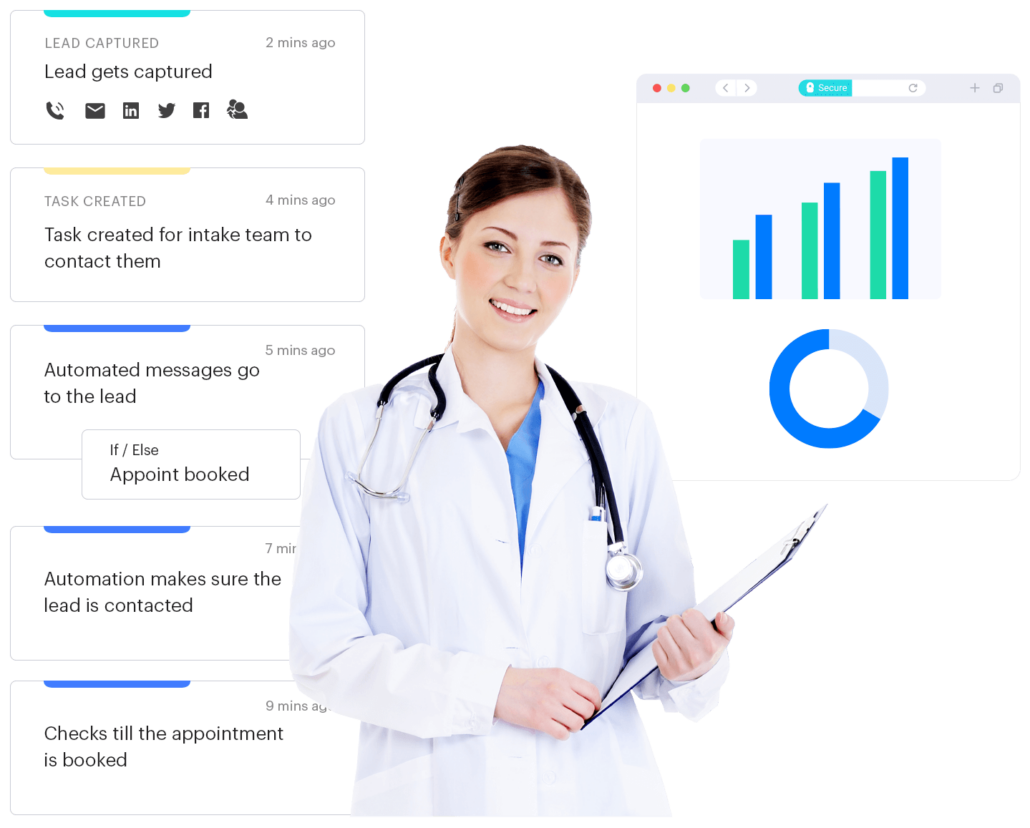
Explore LeadSquared’s Healthcare CRM
Purpose-built to increase patient intake, engagement, and retention.
Note: Create separate journey maps for each patient profile you create. It will help you analyze patient experiences more deeply.
Step 3: Determine touchpoints
Touchpoints are the ways in which patients interact with your practice. They can be online like scheduling apps, websites, ads, etc., or offline interactions like phone calls, OPD walk-ins, etc.
Some of the common touchpoints in the healthcare patient journey are:
- Appointment scheduling: WhatsApp, text messaging, phone calls, patient portals, mhealth platforms, provider’s healthcare apps, etc.
- Pre-check-in: appointment confirmations and reminders on email, WhatsApp, app notifications, text messages, phone calls
- Check-in and during care: intake process (digital or physical), video consultation, telehealth, insurance verification, etc.
- Post-visit: diagnosis notes, follow-up consultation scheduling, reminders, feedback via email, WhatsApp, app notifications, and text messages.
Depending on the nature of your practice the touchpoints will vary. The idea is to note down all the possible sources of interactions with your patients.
Step 4: Design a visual journey
Once you’ve identified the touchpoints, it’s time to create a visual journey that your team can easily understand.
You can plot:
- Journey stages
- Customer interactions and actions
- Your patient’s needs and pains
- Touchpoints
- Their sentiments during those interactions
Concurrently, mark the areas of improvement and who can own them.
Also, keep your ideal patient profile and goal cards side by side to ensure you’re moving in the right direction.
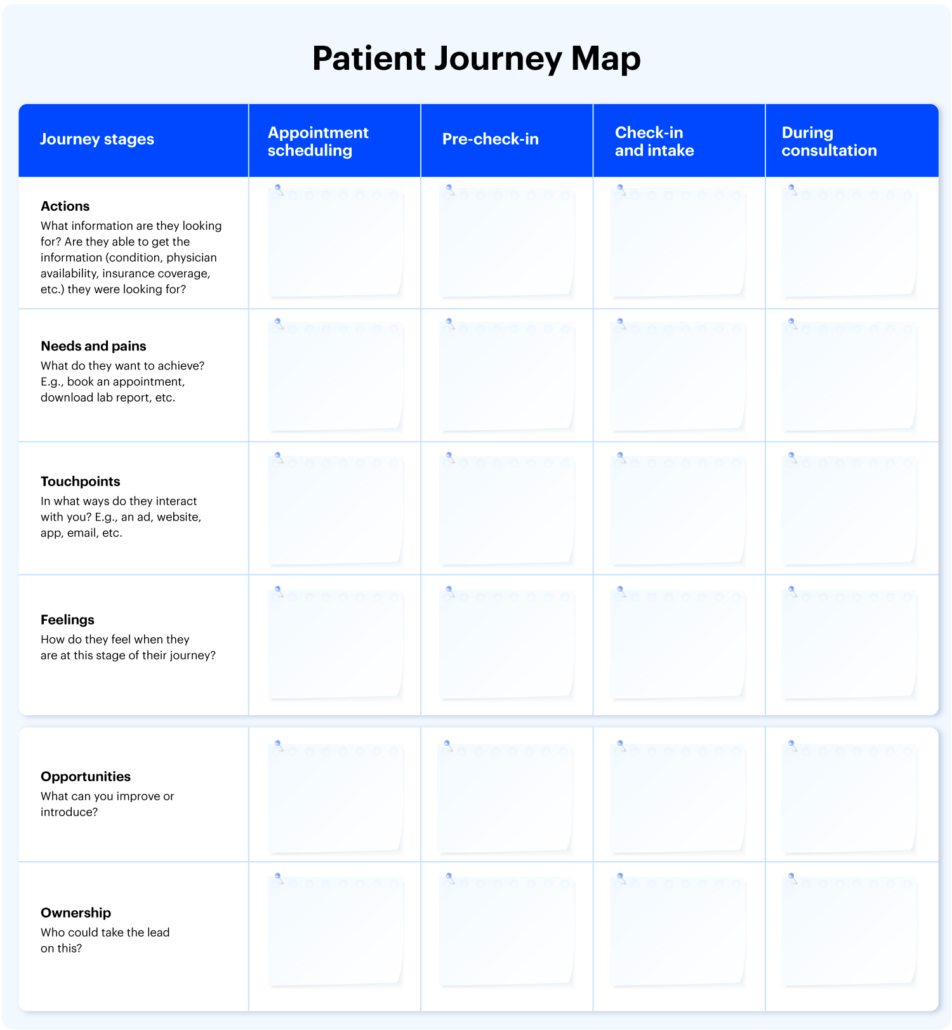
You can bookmark this page or download an editable PDF patient journey mapping template:
Step 5: Designate milestones, motivations, frustrations
This step of a patient journey highlights various kinds of friction a patient may encounter while contacting you for your product/service.
For example, patients may not book an appointment because of one of the following reasons:
- UI issues– If the interface through which they’re trying to schedule a consultation is not working at that time, patients may not be able to book an appointment.
- Cognitive load – If the UI (User Interface) is not intuitive enough or too complex to understand, or the patients find it difficult to navigate to the services they see, they may drop off.
- Emotional friction – What patients are feeling at that moment will determine their action on opting for your services.
This exercise helps the admin understand what to fix and how to fix it.
Step 6: Decide on the actions you need to take
Until step 5, the journey was looked upon through the patient’s lens. Now that there’s better clarity on patient experiences and hesitations, it’s time to look at the back-office tasks that can be improved.
It involves identifying the areas of improvement and how that can be done.
Step 7: Deploy people, process, and technology to achieve your goals
In this final step of creating a patient journey map, you assign roles, delegate tasks, and procure tools to act on the areas of improvement identified.
Best practices to follow while creating a patient journey map
When you’re just starting off, learn the journey mapping fundamentals and research existing journey maps for healthcare.
Here are some helpful resources:
- Neilsen Norman Group’s Journey Mapping 101
- Atlassian’s team playbook on Customer Journey Mapping
- Understanding Patient Journey webinar by LeadSquared
Once you’ve understood the basics, follow these best practices to create a patient journey map.
- Set clear goals. Define what you wish to achieve from your patient journey map.
- Do not mix all the information in one map. Create different journey maps for different patient profiles.
- Involve different stakeholders. Do not restrict it to one team or department for sharing their inputs.
- Keep it simple. You may not need fancy tools or lots of graphics and colors; a simple spreadsheet can do the work.
- Make it an iterative process. You may not have perfect journey mapping from the very first time. Take feedback, act on it, and improve all the way up.
Benefits you can realize by mapping patient journeys correctly
The goal of patient journey mapping is to improve patient experience across all touchpoints and derive better outcomes. In a nutshell,
Investing in patient experience essentially takes away the cost of advertising and acquisition. It also boosts referrals, recommendations, and NPS at the same time.
Uzodinma Umeh, Chief Medical Officer, Zuri Health
Here’s the drill-down of benefits you get by mapping patient journeys efficiently.
1. Spot inefficiencies
Every time a patient expresses frustration or uncertainty about her next steps toward recovery, it’s an obvious sign that there are friction spots or unmet gaps in the healthcare system. A patient journey map can effectively battle such challenges and create a clear path for a patient’s progress.
2. Improve communication
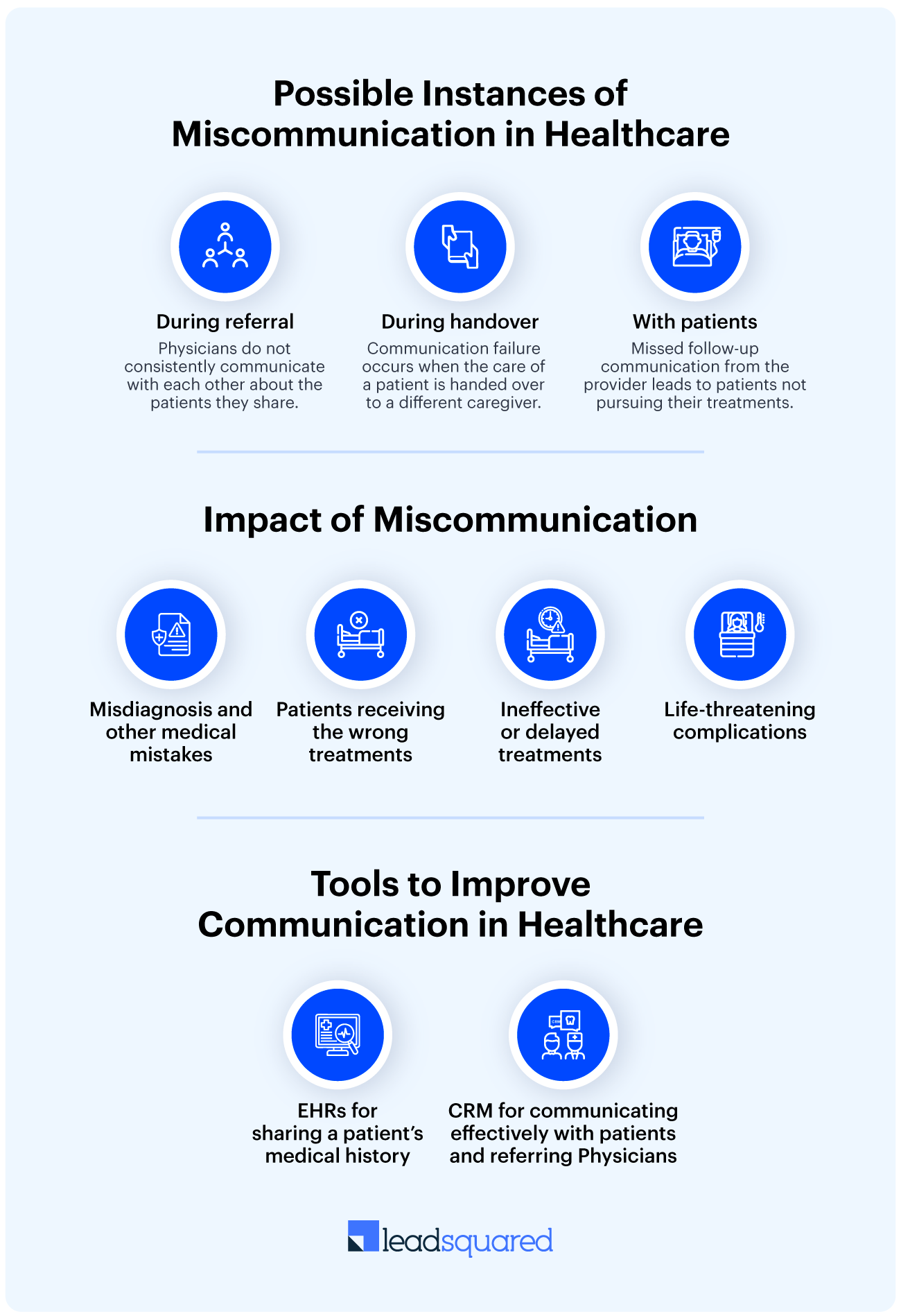
By mapping patient journeys providers can understand the drop-offs occurring because of communication gaps and take measures to rectify their strategies.
3. Increase profitability
Net margins for hospitals that provide “excellent” patient care are typically 50% higher than those for hospitals that offer “average” patient care.
With a patient journey map, practitioners can identify the scope of improvement in operations and help their staff focus more on interacting with patients and caregivers.
4. Reduce wait time for patients
The average ER wait time in America is 145 minutes (even higher in some states; e.g., 228 minutes in Maryland, 195 minutes in Delaware, 176 minutes in Arizona, and so on). In India and other countries as well, it may take hours to get emergency admissions. These delays happen due to one or more of the following reasons:
- Examination of patient
- Time taken for consultation
- Emergency investigations or imagining
- Unavailability of vehicles for transport
- Lengthy admission procedures
By knowing what exactly is causing the delays and taking steps to correct them, providers can reduce waiting times for patients to a great extent.
5. Improve patient outcomes
A healthcare journey map can help identify the touchpoints where essential and relevant information can be shared with patients. Educating patients and keeping them abreast of their illnesses can lower their anxiety and bring better outcomes
Tools to create a patient journey map
As a matter of fact, you can use any UI design tool (e.g., Figma, Sketch, FullStory, etc.) to create a journey map.
However, there are dedicated tools to create journey maps with ready-to-use templates to make your work faster and easier. Some of which are:
On a final note, you’ll be able to map your patient’s journey effectively when you’ve ample information about their interactions with your practice.
Healthcare CRM software is the best tool to collect and manage patient interaction data and make them accessible for various purposes like creating a journey map.
If you’re looking for one such tool,
FAQs
A patient journey is the series of steps patients take to book an appointment, consult a physician, and pursue treatment with your practice. It involves both online and physical interactions.
Patient journey mapping helps you understand your customers’ experiences while interacting with your practice. With this exercise, you get to know their pain points, identify opportunities for improvement, and take measures to improve your services.
